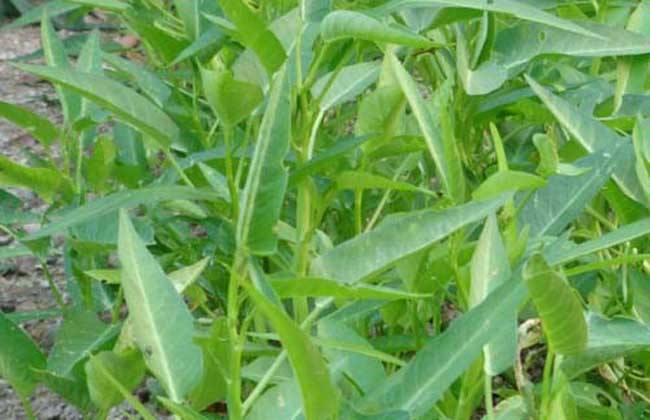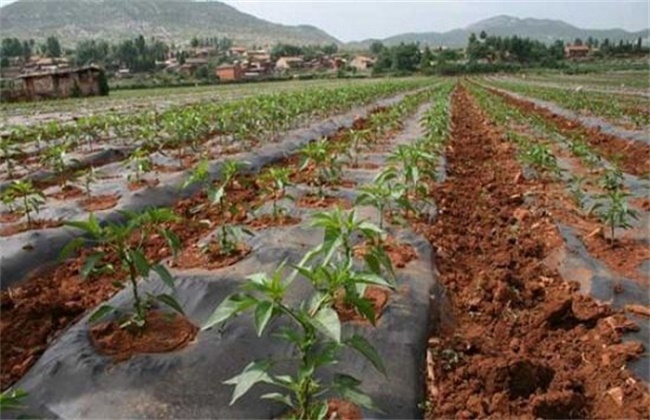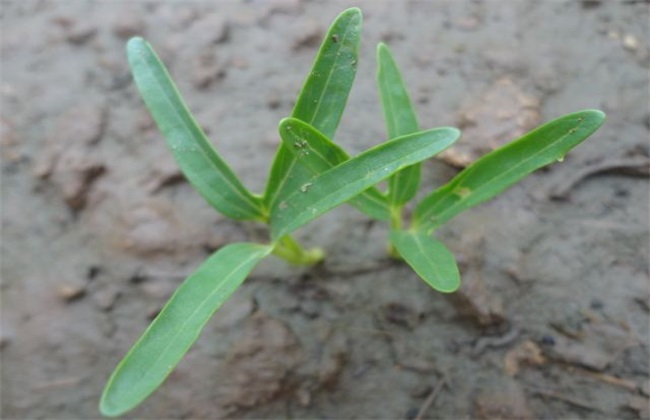The growth environment of asparagus
The cultivation of asparagus is very common in China, although it is relatively rare in the north. However, in the rural areas of the south, almost every household can seed, and there are many planting bases. And why are there not many people growing in the north? Because there are certain requirements for the environment in the growth process of asparagus. So what are the growth environment requirements of asparagus? Today, the editor will give you a brief introduction. Let's take a look at it.

1. Temperature
Asparagus likes to grow in a warm and humid environment, and the germination temperature of seeds should be above 15 degrees. If the wild duck is propagated by cuttings, the wild duck will sprout quickly and neatly in its armpits at a temperature of 30 degrees. Asparagus leaf vine growth temperature should be about 28 degrees, higher temperature environment, leaf vine growth ability is strong, picking interval can also be shortened. If the temperature is lower than 15 degrees, then the growth rate of leaf vines decreases significantly, and if it is less than 10 degrees, then basically it will not grow. If you encounter frost, you will be frozen to death directly, so you should pay attention to controlling the temperature to prevent the hollow vegetables from freezing to death and drying up.
2. Lighting
Asparagus is a kind of short-day sunshine, which can be cultivated not only in dry land, but also in water. It is very suitable in the south, but different cultivation models have different requirements for light. For example, some hydroponic varieties of asparagus have very strict requirements for light. Under normal circumstances, there are no seeds, only asexual reproduction. If it is cultivated in dry land, there is little requirement for short-day sunshine. However, generally asparagus likes to grow in an environment with sufficient light, but it also has a strong negative tolerance and can be properly closely planted.
3. Moisture
The root system of asparagus is more developed and will produce more adventitious roots. However, due to the large leaf area and fast water evaporation, coupled with the reason of close planting, the demand for water is relatively large. Therefore, we should pay attention to create a relatively humid environment for asparagus. If the humidity is low and the moisture is low, then the asparagus vines will gradually get thicker and older, and the yield and quality will be seriously affected. Asparagus has a strong tolerance to waterlogging, so it is also a major green leafy vegetable in summer rainy and humid season.
4. Soil
The growth ability of asparagus is relatively strong, coupled with not only dry land cultivation, but also water cultivation, so its requirements for soil is not very strict. It can grow normally in most of the soil, and the yield will not be greatly affected. However, because the growth of asparagus is relatively large, so there is a greater demand for fertilizer, especially nitrogen fertilizer. Therefore, we should pay attention to the soil water and fertilizer conservation capacity, if the soil water and fertilizer conservation is not strong, then it is not suitable to plant.
The above is a brief introduction to the growing environment of asparagus. That's all for today's introduction. This article is for reference only. I hope it can help you all.
Related
- Where is it suitable to grow horseradish in China? it is expected to see the middle altitude horseradish in Alishan.
- How to prevent tomato virus disease reasonably? (Control methods included)
- Many people like to plant towel gourd on the balcony. What are the main points of this method and management?
- What crops can chili peppers be mixed with?
- Fertilization techniques and matters needing attention in Tomato
- What are the grafting techniques for peach seedlings in spring?
- Harm and control methods of root swelling disease of Chinese cabbage
- What are the pests of sweet potatoes? How to prevent and cure it?
- Symptoms, causes and Control methods of navel Rot in Tomato
- The cause of "Cucumber rotten bibcock" in Farmers' planting Cucumber and its Control Plan



